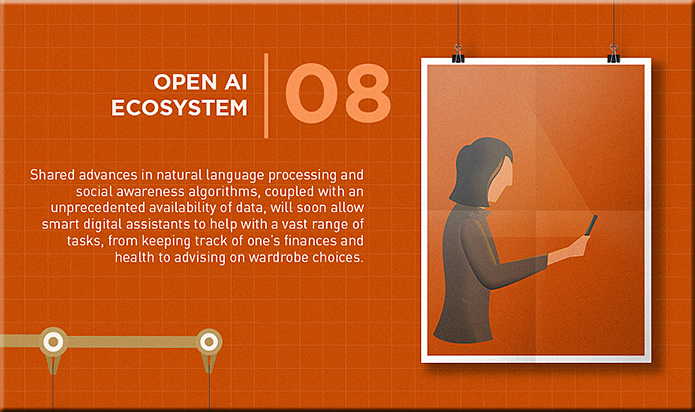The top 10 emerging technologies of 2016 — from visualcapitalist.com by Jeff Desjardins
Excerpt:
- Nanosensors and the Internet of Nanothings is one of the most exciting areas of science today. Tiny sensors that are circulated in the human body or construction materials will be able to relay information and diagnostics to the outside world. This will have an impact on medicine, architecture, agriculture, and drug manufacturing.
- Next Generation Batteries are helping to eliminate one of the biggest obstacles with renewable energy, which is energy storage. Though not commercially available yet, this area shows great promise – and it is something we are tracking in our five-part Battery Series.
- The Blockchain had investment exceeding $1 billion in 2015. The blockchain ecosystem is evolving rapidly and will change the way banking, markets, contracts, and governments work.
- 2d Materials such as graphene will have an impact in a variety of applications ranging from air and water filters to batteries and wearable technology.
- Autonomous Vehicles are here, and the potential impact is huge. While there are still a few problems to overcome, driverless cars will save lives, cut pollution, boost economies, and improve the quality of life for people.
- Organs-on-Chips, which are tiny models of human organs, are making it easier for scientists to test drugs and conduct medical research.
- Petrovskite Solar Cells are making photovoltaic cells easier to make and more efficient. They also allow cells to be used virtually anywhere.
- Open AI Ecosystem will allow for smart digital assistants in the cloud that will be able to advise us on finance, health, or even fashion.
- Optogenetics, or the use of light and color to record activity in the brain, could help lead to better treatment of brain disorders.
- Systems Metabolic Engineering will allow for building block chemicals to be built with plants more efficiently than can be done with fossil fuels.









